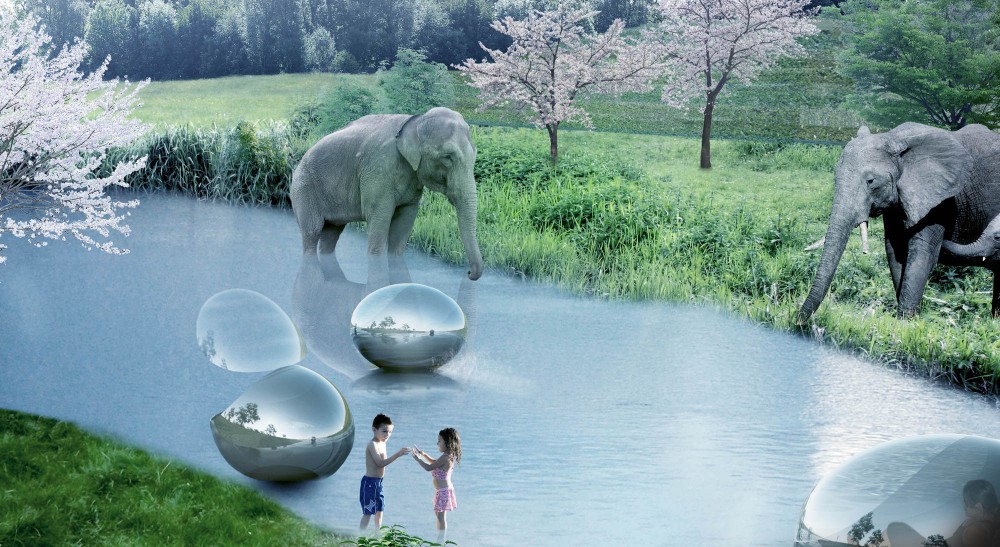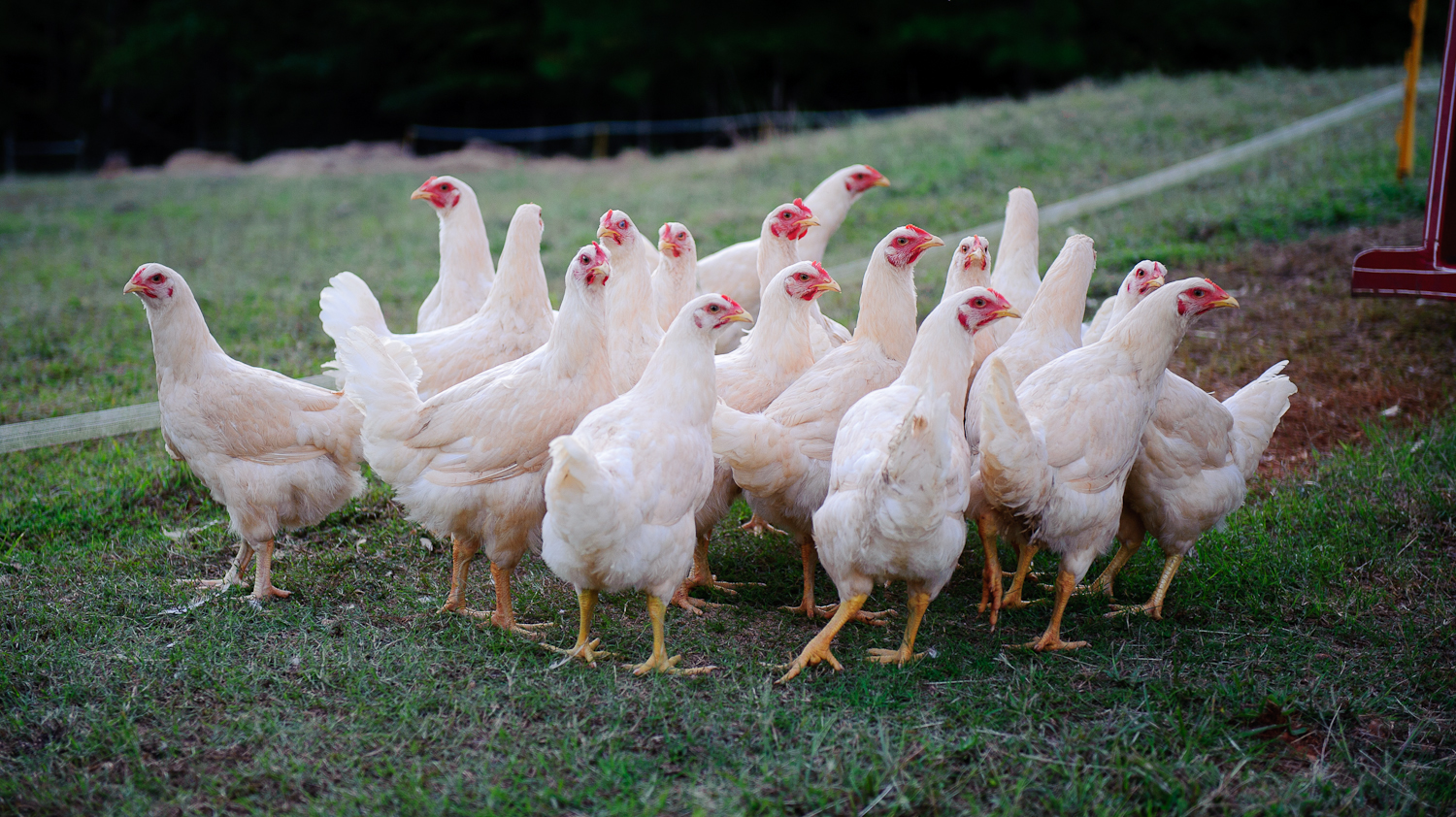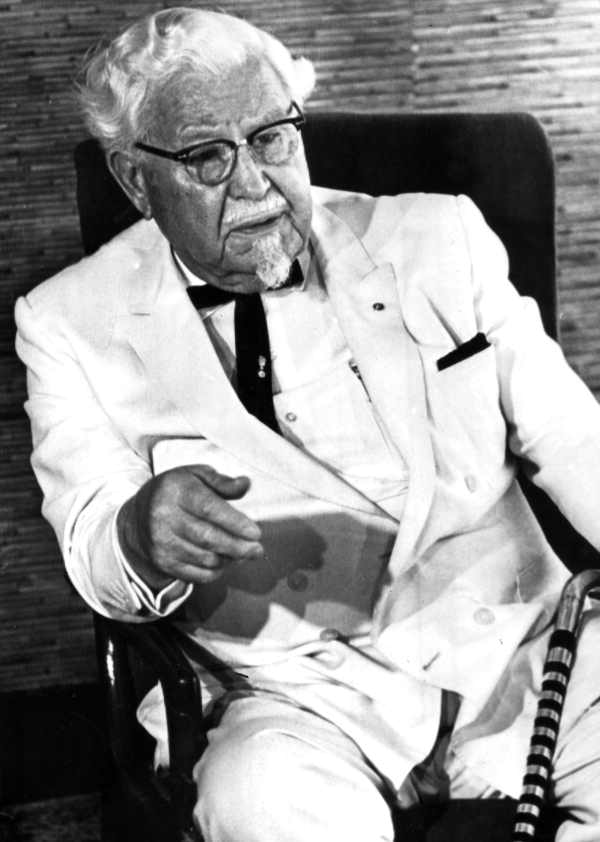E.O.Wilson has suggested we set aside half the Earth for non-human species, to protect against their extinction and our own, but the “land grant” will probably be far less generous, and architecturally progressive zoos that replicate natural habitats may ultimately be a remembrance of things past not just for elephants and otters and their environs but perhaps for us and ours as well. From “The Dark Side of Zootopia,” Charles Siebert’s New York Times essay about a Danish zoo being redesigned to represent a vanishing reality:
“Zootopia, as it will be known, is still some five years from completion. A 300-acre reconfiguration of the Givskud Zoo in southern Denmark, it is among the latest visions of the Danish architectural wunderkind Bjarke Ingels, who is a crafter of low-sweeping, undulant structures that hew so closely to the contours of their natural surroundings that they at times appear subsumed by them. Eschewing the anthropocentric architecture of traditional zoos — the pagodalike pavilions of native Asian animal exhibits or the thatched jungle-lodge verandas of the African — Zootopia will secrete visitors in those airborne pods or in unseen quarters within the habitats: cratered lodges for viewing the savanna; subterranean bunkers and huts for watching the tigers or lions; cabins concealed by bamboo or stacks of lumber, allowing viewers to all but nuzzle up to pandas and grizzlies. The design enfolds the buildings and us humans into the landscape as a means of sparing the animals from our obtrusive gawking, if not fully freeing them. …
Ultimately Zootopia is not a reinvention of the zoo as much as a prefigurement of its inhabitants’ only possible future, at least on our relatively brief watch. That is, a wilderness with us lurking at its very heart, seated at open-air cafe tables, before we venture back out toward a dimly remembered past and steal our glimpses of it from discreet encampments designed to hide us not from the animals but from our own irrepressible need to spy on them. By the time its gates open circa 2020, Zootopia could well be one of the singular achievements of the anthropocene, a time when human representations of the wild threaten to become the wild’s reality.”




